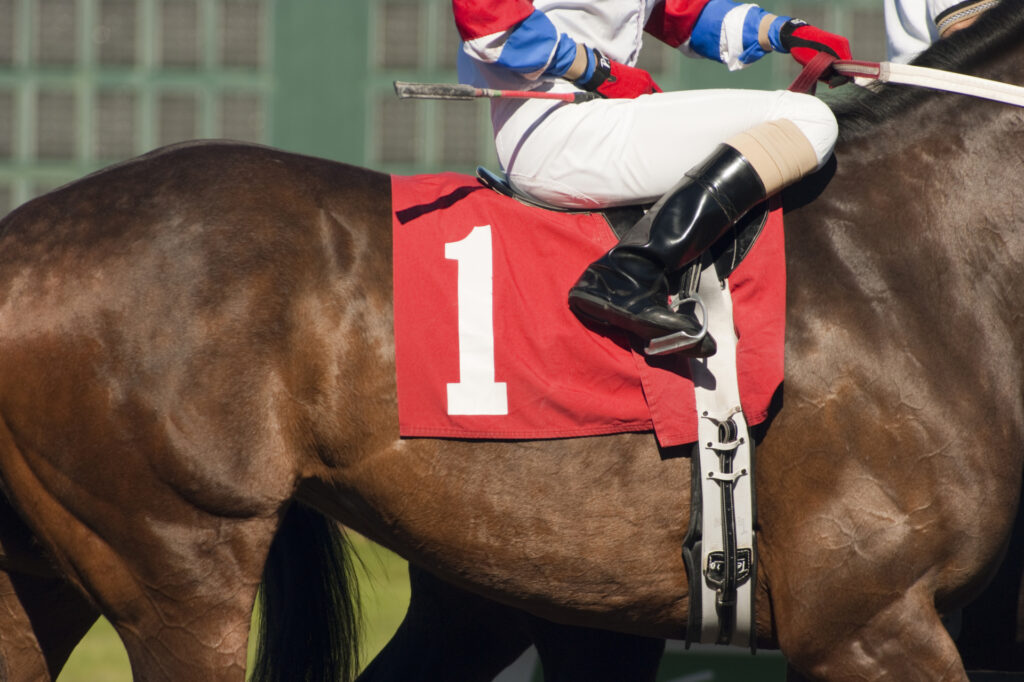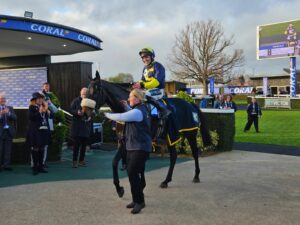Choosing a winning racehorse is far from pure chance. In fact, it is the least important factor in determining whether a horse will cross the finish line. Knowing the animal, its lineage, its performance in the near past are essential points to make a prediction. In addition, being clear about the different types of bets and how they work are other very relevant aspects to make a good prediction in horse racing. Here we show you how to choose a winning horse.
1. Understanding Race Types
Horse races vary in rules, stakes, prizes, and track conditions. Knowing the type of race gives you insight into the challenges each horse will face and how it might perform under specific conditions. Let’s explore some major race types and their unique attributes.
| Type of race | Description |
| Flat racing | Flat races are the fast type of races that take place on a circular or oval dirt track. Horses reach speeds of between 35 miles per hour (56 km/h) and 45 miles per hour (72 km/h). The Epsom Derby in England is one of these. |
| Class or Grade races | These races classify horses by quality or skill level (G1 for the highest class, followed by G2, G3, etc.). Horses compete within their class, with entries and prize money reflecting this grading. The Breeders Cup Classic in the USA, which is run on sand, is a prime example of such races. |
| Jumping races (Hurdle and Steeplechase) | In jump races, it is characteristic that the horse has to overcome obstacles such as fences. There are two types of jumps – Hurdles and Steeplechase. Hurdles are smaller in size and easier to jump, whereas in Steeplechase races the horses jump over a variety of obstacles, including fences, water jumps and ditches. A famous race of this type, the Grand National at Aintree Racecourse in Liverpool, England, is a world-famous event of this nature. |
| Handicap races | In these races, the horse is assigned a handicap or parameter of greater or lesser advantage according to the track and his past performances. This system aims to give each competitor an equal chance of winning. |
| Trotting races | As the name suggests, horses do not run, but trot. These races can be with carts in which the jockey rides or the usual saddle on the horse. They are very popular in the United States, Canada and France. “The Prix d’Amérique” in France is one of these important events worldwide. |
| Quarter-mile races | In quarter-mile races, the horses have to cover a quarter of a mile in the shortest possible time. This is equivalent to about 410 meters. The All American Futurity is a representative example of this type of racing. |
Horse Specialization and Race Suitability
A horse’s performance is often influenced by its breed, physique, and training, which make it suited for specific track types or race conditions. For example, some horses excel on sand tracks, others on grass, while certain breeds are well-suited for Hurdle or Steeplechase races.
Therefore, when a trainer or owner enters a horse in a race, he must take into account these elements and the specialization of each horse in certain types of races.
2. Evaluating the physical condition of a racehorse
The horse’s health, age, general condition, build, training and gait will determine its position in the ring parade or uncovered paddock. This is a sort of public showcase where owners, trainers, jockey and business people in the racing industry learn about the latest developments. These are determining factors:
Signs of a healthy horse
You don’t have to be a veterinarian to tell at a glance whether a horse is healthy. Of course, the medical evaluation is decisive. However, factors such as bright eyes and coat, smooth chewing, very pale yellow urine without strong odor, defined limbs, balanced, without swellings or knots, clean and cool hooves, walking without overloading any limb, temperature of about 38 °C, relaxed breathing of between 8 and 12 and 36 and 42 heartbeats per minute, are indicative of good health.
Muscle definition in racehorses
Healthy racehorses are also characterized by a very special feature: well-defined muscles. Through the shiny coat, the definition of the hind legs and the rump should be observed.
These should be muscular. Both flat racehorses and jumping racehorses should have muscle definition. However, the latter tend to be more muscular, as they do strength exercises.
The gait
A good trainer or jockey knows that a horse’s gait (the walk) is everything in the face of an impending race. A smooth, rhythmic and strong gait is a clear sign that the animal has been well-trained and is ready for the race.
3. Race form and past performance
Every race, regardless of its type, is accompanied by forms. These are full of very important data, not only about the horse and its performance throughout its life. They also have information about his breeding, trainers, past awards or injuries.
Read our guide to learn how to interpret race form and make the most of the valuable information these date provide for your betting.
4. Behavioral indicators to look out for before the race
In horse racing, certain contingencies may occur, and these are manifested in the behaviour of each animal before entering the uncovered paddock or starting place. Here are some key behavioural signs:
- Tail movement: should be relaxed and not have whipping movements.
- Head movements: should not be aggressive and go from side to side.
- Should not be sweaty.
- He should not relieve himself on the spot.
A healthy, concentrated and calm horse will have a better chance of winning than one that is restless or that excretes on the starting site.
5. The role of interaction between trainer and rider
The bond that is created between a horse, its rider and its trainer before the race is decisive and important for a possible victory.
Horses are very noble animals and are very sensitive towards people who do not have the training and ability to understand them. If this relationship is not harmonious and cordial, the race could be a disaster.
But if there is a rapport between the trainer and the animal and enough work is done so that the rider awakens the horse’s confidence, the result promises to be encouraging.
Taking the next step: owning a share of a winning racehorse
Ready to get closer to the action? Visit Racing Club to buy shares in a racehorse and experience the thrill of ownership. By owning a share, you can have a stake in the next potential winner and enjoy exclusive benefits.



